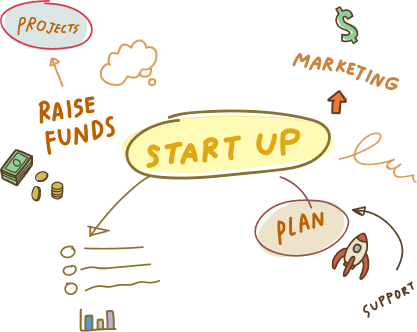7 Jun, 2022 | Android App Development
Is a Multilingual App The Way Ahead to Ride Customer Acquisition?: Everything You Need To Know
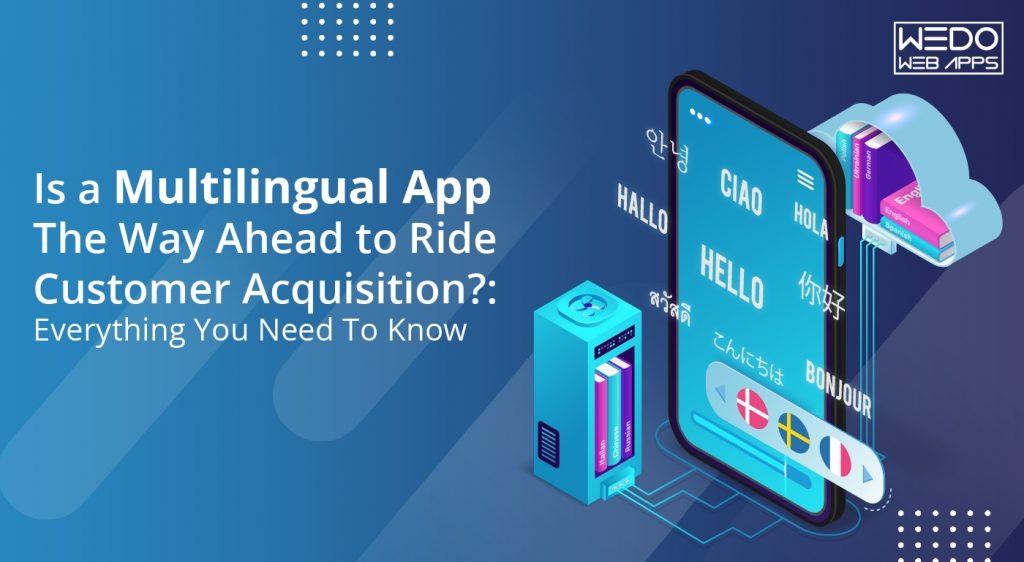
 Hiring an interpreter or a translator can be a very tedious and expensive task. To clear the air, the multi-linguistic apps have come to prove as the biggest asset. These apps have brought a drastic change in the way communication occurs worldwide on the internet. The applications that have a wide variety of users all across the world can be developed in a way that supports multiple languages by the best Android development companies.
Hiring an interpreter or a translator can be a very tedious and expensive task. To clear the air, the multi-linguistic apps have come to prove as the biggest asset. These apps have brought a drastic change in the way communication occurs worldwide on the internet. The applications that have a wide variety of users all across the world can be developed in a way that supports multiple languages by the best Android development companies.
Read on to know the crucial aspects of developing a multilingual app
Important Aspects Of Developing a Multilingual App
While developing an app, the Android development company< might delve into the dilemma of how to make an app multilingual so that it connects with a huge audience out there. Developing a multilingual app is not an easy task whatsoever. Several factors lead to a successful multi-language application. Android app developers must keep in mind that they should not turn a blind eye towards the User experience and future interface while developing a multilingual app. This simply means that the application should not be focused only on translating the words to the desired language but should also present an interactive and high-performance User experience to the user. The app should have all the other qualities that a general application would have.Localization is crucial: develop a steady strategy
Making an app ready for localization means the internalization of the application. Before beginning Android development, companies should focus on the process which leads to App designing.Try to follow the given approaches: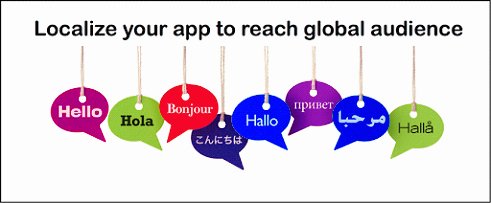
- While programming the app, make sure that you leave some space to expand the text. There should be room for coding the UI extension programming too. This is a crucial step because several languages like Hindi take up a lot of space for translating.
- If possible, UTF-8 encoding should be preferred to write the string so that there are fewer mistakes and the outcomes are produced quicker.
- Another aspect that is very important in localizing is to use the specific formats of the particular region in your software. This should include the date, time, and currency of that region.
- Do not forget to add the local language in the support and maintenance help guides of the app. Unable to do so would make your app incomplete and unfriendly for the users.
- Not only this, but you also need to take care of the keyboards that are being used in your application. This keyboard should be customized according to the language input in the app.
Coming to the visuals
The next step while developing a multilingual app or multi-language website is to concentrate on the visual designs of the app or site. As we know, the first impression is the last impression; the app must be appealing to the users. Failing to create a well-organized and attractive visual layout of the app can lead to all your efforts going down the Drain. The first thing that is user good notices in an application would be the visual layout and designing the app. This means that the Android development company needs to focus diligently on the part of the app that is observable to the users.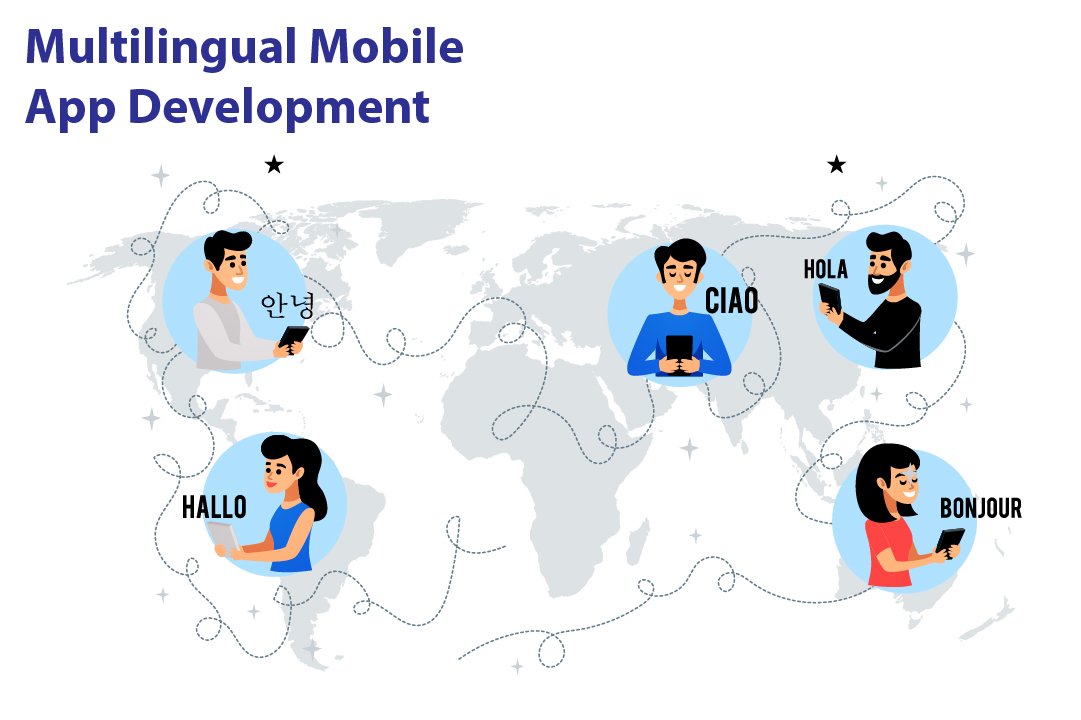 While creating the app, Android development company face certain issues, such as an apparent need to use different diction, spellings, and writing. This problem may arise because the existing layout might not support the same set of writings. This can lead to the loss of pertinence.
Indeed, to avoid this hassle, Android app developers should develop a fresh design for the multi-linguistic app.
If this solution doesn't work, you would have to create varied layouts for the different languages.
While creating the app, Android development company face certain issues, such as an apparent need to use different diction, spellings, and writing. This problem may arise because the existing layout might not support the same set of writings. This can lead to the loss of pertinence.
Indeed, to avoid this hassle, Android app developers should develop a fresh design for the multi-linguistic app.
If this solution doesn't work, you would have to create varied layouts for the different languages.
- Avoid using any line for UI labels. Also, do not indicate the number of lines.
- The height of UI labels is not to be set. Instead, it would be best if you were stabilizing the width of the UI labels.
- It is necessary to set the flow of the content. The content should progress appropriately for the user to have a smooth experience. Also, widening the white space can aid you better as a developer.
- Naming should be discrete and precise. The controls and functions that are out of the content names should be labeled properly.
The translation process
The next most prominent step in the development of a multi-linguistic application is the process of translation. It is apparent that the development of a multilingual app consumes more time and is towards the expensive side while juxtaposing other normal apps with it. But, in today's time, it is inevitable to resist the significance of multilingual apps. Translations are of three types typically: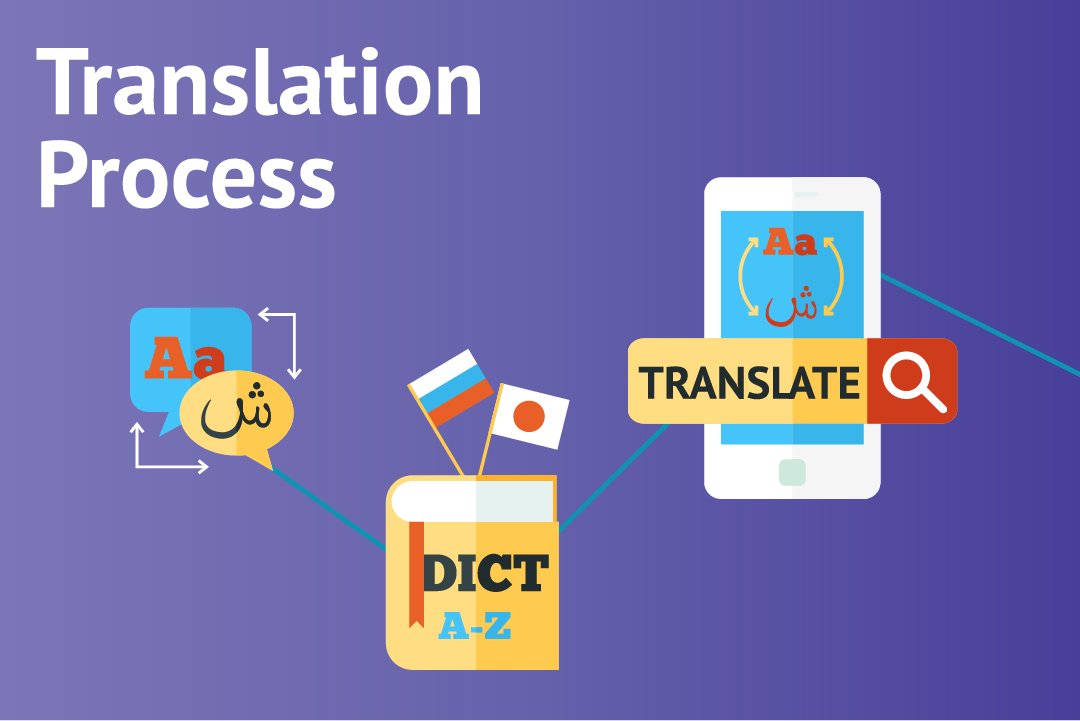
- Machine-based
- Manual translation
- Translation by professionals
Translation Management System:
Next in line is getting the correct translation management system for your app. The main purpose of this system is to translate the stuff that you want meticulously.- They are usually a stage or a program that helps with automating the significant strides in lessening the time for downloading or transferring technique and correspondence.
- They additionally make the collaboration better with the goal that every one of the individuals fostering the application can cooperate and screen the advancement of one another while altering, editing or downstream and upstream interpretation.
- Dispense with any odds of trickery during the interpretation
- Assists with improving the general nature of translation work
- Monitors the task through a solitary stage
- Planning of concentrated data set for different sorts of activities
Outsourcing of interpretation
Interpretation of language is a tedious as well as a long-winded task. At times, you might feel that this job is not favorable to be done alone. Thus, it is advisable to hire professionals from an android development company. This might lessen your dilemma of how to create a multi-language app in Android. You will get hands-on professionals with expertise in app development. If the translation work is getting hectic, you can send these professionals the code of the app and get back the translated version of it seamlessly. Outsourcing has its windfalls and disadvantages. You can save money there since you do not need to employ professional translators, but it can lead to specific security issues because the work is being shared with someone else.Testing
The final step of creating the app is testing what you have developed before it is launched out there. Double pseudo-language can be used to discover what has gone missing. Also, the local language is also to be chat so that the app is technically in the right shape.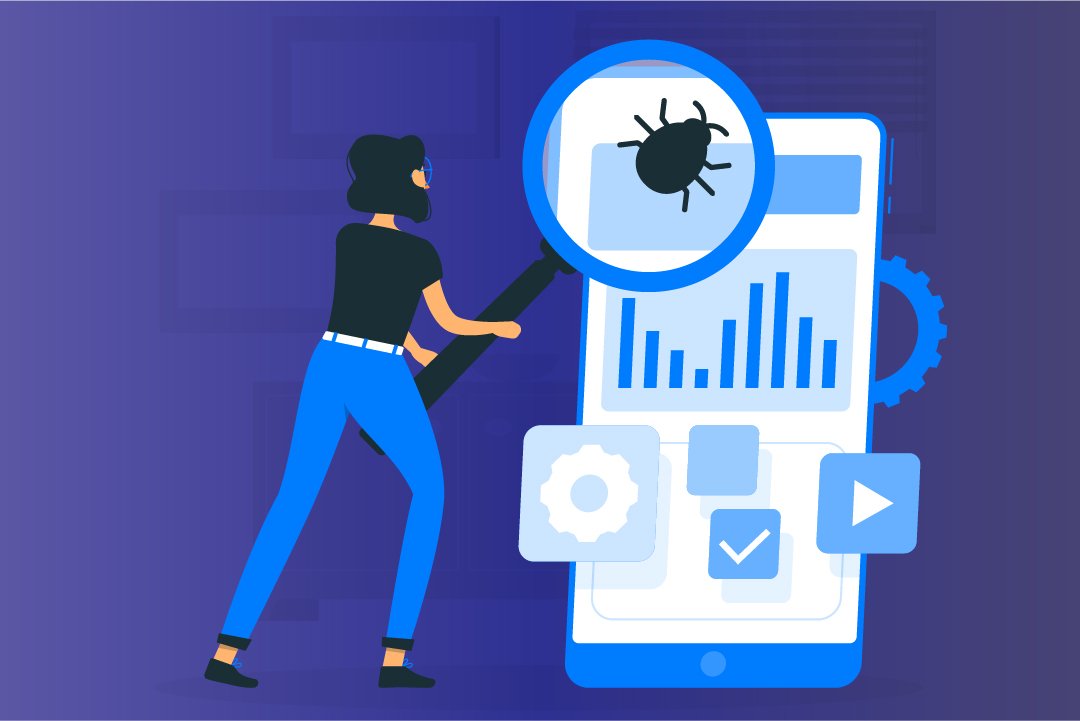 Not just this, testing is a crucial step because it'll help you in deciphering the faults in the language. You can also make sure that the language sounds meaningful and if the entire outlook is neat and impressive or not.
While employing the TMS, you need to do the bugs testing and update the bugs additionally to the regular testing.
Not just this, testing is a crucial step because it'll help you in deciphering the faults in the language. You can also make sure that the language sounds meaningful and if the entire outlook is neat and impressive or not.
While employing the TMS, you need to do the bugs testing and update the bugs additionally to the regular testing.
Challenges Encountered While Developing a Multilingual App
While the English speakers are on the top of the list, we must not forget that it is only a part of the world that speaks English. So, while developing an application, there is a need to consider the facts and data along with the extensive need for multilingual apps<.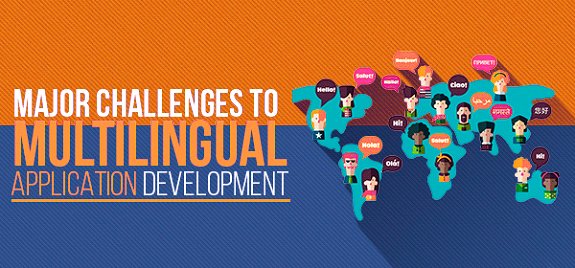 We've talked enough about the development of a multi-language application. Now is the time that we share the disputes with you while working on the process. Here we have listed some of the challenges that Android app developers have to encounter from time to time.
We've talked enough about the development of a multi-language application. Now is the time that we share the disputes with you while working on the process. Here we have listed some of the challenges that Android app developers have to encounter from time to time.
- Translation: the most critical step of developing a multilingual app is a translation of language. By far, it is noted that this step is the most difficult one consisting of different challenges. Translation in an application is not similar to the general translation of language. When we talk about translating a language in an app, it is not just about the words. Translation and applications are consistent with the technical as well as cultural data. The ethnicity and culture, and overall outlook of the app are to be translated into another language. Previously we talked about the three types of translations. Computer Scholars have attempted to create tools that help translate the data into another language. But this translation precisely lacks the creativity and subjective interaction with the user.
- Date and Time: as mentioned earlier, while developing an application that can work in various world regions, it has to inculcate cultural differences. Having changed the language that the app operates in is not enough. You need to take care of the regional and geographical inputs as well. These include the date and timezone of the area in question.
- Design modification: as we had mentioned earlier, the design layout of a multilingual app has to be created consistently with the language. The design layout of the app should be synonymous with the local culture and ethnicity of the area and the language spoken.
Are You Ready to Build a Multilingual App?
While there are numerous languages spoken out there, we feel he needs to connect the world through the medium of the internet and applications. Thus, to implement this sentiment, we give immense importance to the development of multilingual apps. These apps can help any business thrive by establishing a tremendous reach to the audience. Do not skip the challenges faced in developing these apps, though. If you follow the instructions and keep track of the challenges that may arise, you would definitely enjoy the procedure of the development of your app. So, give your best shot at our android development company and skyrocket your business!Frequently Asked Questions
Businesses can determine which languages to offer in their multilingual app by conducting market research to identify which languages are spoken by their target audience. They can also monitor user feedback and reviews to identify which languages are in high demand among their existing user base.
Considerations for designing a user interface in a multilingual app include using culturally appropriate colors and imagery, designing for right-to-left languages, and providing support for different character sets and fonts. It's also important to ensure that the design is consistent across all languages to maintain a cohesive user experience.
Businesses can manage the content and translations for a multilingual app by using a translation management system (TMS). A TMS allows businesses to centralize content, track translations, and collaborate with translators and editors to ensure the accuracy and quality of translations.
A multilingual app can positively impact SEO and app store optimization by increasing the visibility and accessibility of the app to users who speak different languages. By optimizing the app for different languages, businesses can improve their search rankings and increase the likelihood of their app being discovered by users in different regions.
A multilingual app can help businesses expand their customer base by reaching out to customers who speak different languages. It can also help businesses improve customer engagement and satisfaction by providing a more personalized experience for users who prefer to use the app in their native language.

